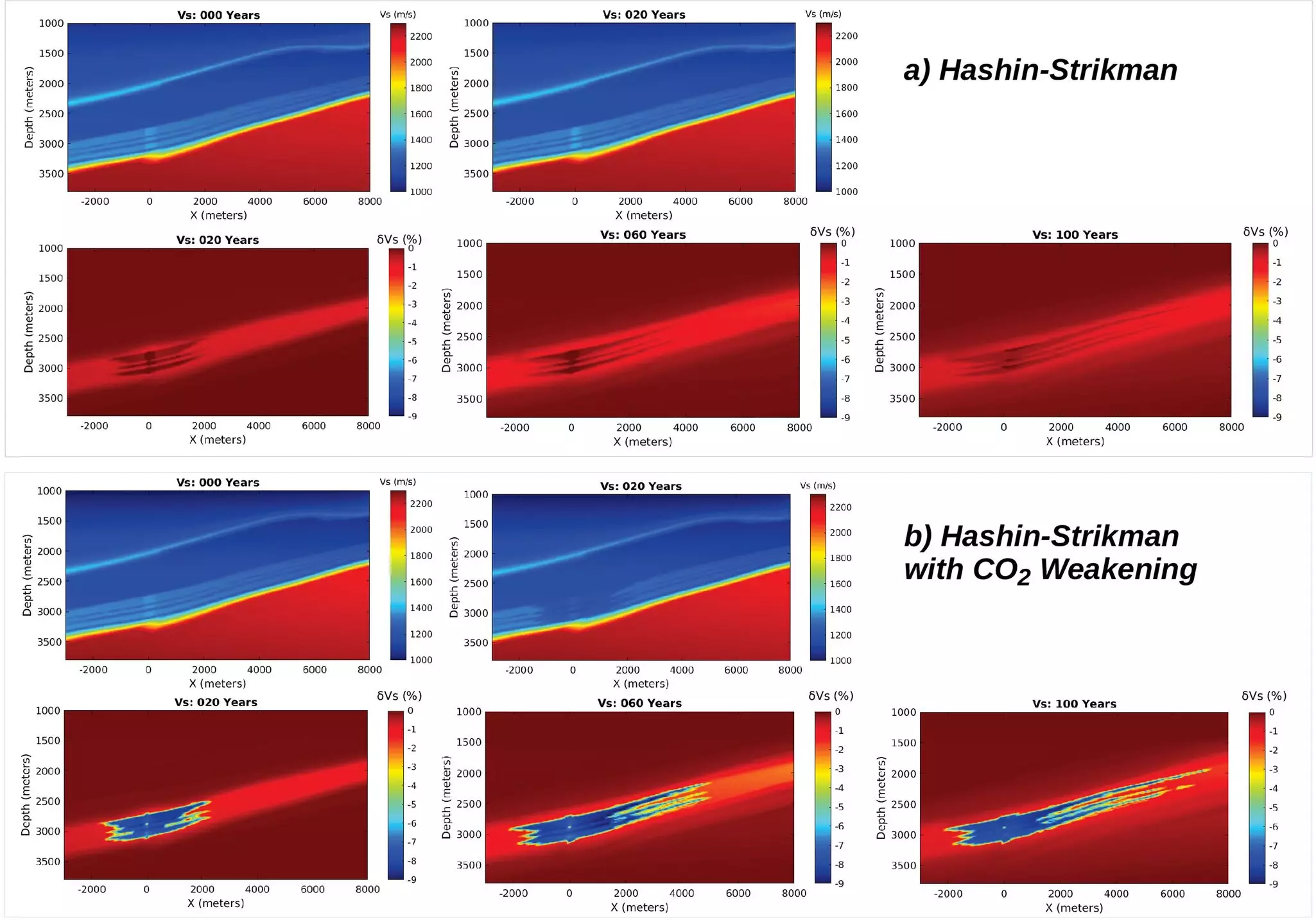As climate change intensifies, the urgency for effective carbon capture and storage (CCS) technologies has blossomed into a central narrative in global environmental discussions. The recent advancements made by scientists at Los Alamos National Laboratory exemplify critical strides towards improving our understanding of how carbon dioxide (CO2) behaves underground, particularly within vast geological reservoirs designated for secure CO2 storage. In a groundbreaking study published in the *Communications Earth & Environment* journal, researchers unveiled a innovative rock physics model that promises to enhance the monitoring of geologic carbon storage, ensuring a more robust defense against atmospheric CO2 leakage. This advancement is not merely a scientific curiosity; it carries monumental implications for combating climate change through technological and methodological innovation.
Diagnosing the Flaws of Traditional Models
Traditional methods for monitoring CO2 in geological formations rely heavily on established models such as the Biot-Gassmann equation. While these models have proven useful in describing the elastic properties of porous rocks saturated with fluids like CO2, they fall short when faced with complex variables. First author Neala Creasy emphasized a serious oversight: the Biot-Gassmann methodology neglects crucial nonlinear stress responses and does not account for chemical reactions that can degrade the structural integrity of the rock—elements that significantly influence how CO2 interacts with its surrounding environment over time.
The Los Alamos team’s new model bravely confronts these deficiencies. By providing a more comprehensive approach to account for the interaction dynamics between CO2 and reservoir rock, it moves beyond the limitations of conventional thinking in rock physics. This innovation is a necessary evolution in seismic monitoring practices, expanding our capabilities not just to detect CO2 but also to accurately evaluate the material properties of the rocks themselves.
Understanding the Mechanics of CO2 Interaction
Through extensive experimentation, the researchers demonstrated that long-term exposure to CO2 alters both compressional-wave and shear-wave velocities in rocks—two essential physical properties that influence monitoring and identification of potential leaks. Conventional models simply fail to encapsulate these changes adequately, leading to erroneous assessments that could have serious ramifications, especially if leaks occurred undetected.
The new model outpaces the traditional framework by acknowledging that CO2 does not merely saturate the rock but interacts chemically and mechanically with it, impacting physical attributes that contribute to the rock’s overall elasticity. Significantly, the results of the new approach reveal much larger changes in shear-wave velocities compared to predictions based on the outdated Biot-Gassmann method. Such tangible improvements in accuracy mean that scientists will be better equipped to analyze the dynamics of CO2 movement through geological layers.
Mitigating Risks Associated with Carbon Leakage
The stakes of effective geologic carbon storage could not be higher. The potential for CO2 leaks, whether intentional or accidental, serves as a looming threat not just to the environment, but also to human health. As such, the development of this new rock physics model is not merely an academic advancement; it is a crucial step in establishing reliable protocols to identify, monitor, and address potential leakages in CO2 storage operations.
By enhancing our understanding of both the behavior of CO2 underground and the physical characteristics of the rocks surrounding it, scientists can design more robust systems capable of guarding against adverse environmental impacts. This new layer of precision in how we monitor carbon storage operations ultimately provides the foundation for a safer and more viable path forward for carbon capture technologies.
A Call to Action: Embracing Innovative Solutions in the Climate Crisis
The implications of the new model extend well beyond academic journals and laboratory facilities. Since geologic carbon storage is instrumental in reducing greenhouse gas emissions, the time has come for policymakers, industry leaders, and environmental activists to endorse and promote the widespread adoption of these innovative monitoring techniques. The collaboration of scientific inquiry with actionable environmental policy could very well catalyze a renaissance in CCS technologies.
As we continue to grapple with the challenges of climate change, the research emanating from Los Alamos represents not just a piece of the puzzle but a transformative leap towards lasting solutions. By fostering a more comprehensive understanding of CO2 behavior in geological storage sites, we take a definitive step closer to securing our environment’s future. The power of innovation lies in our ability to apply it effectively and responsively amid an ever-urgent global crisis.


Leave a Reply